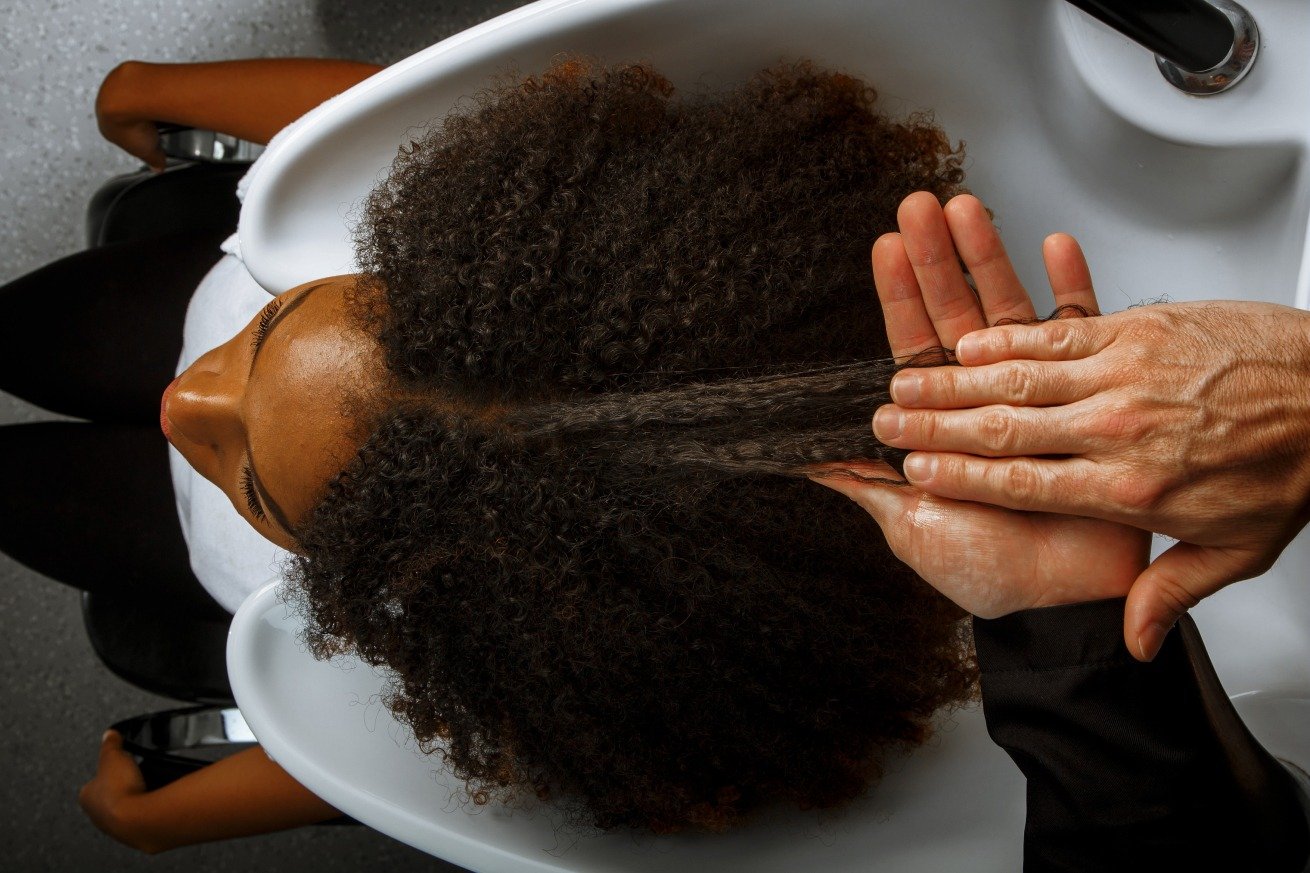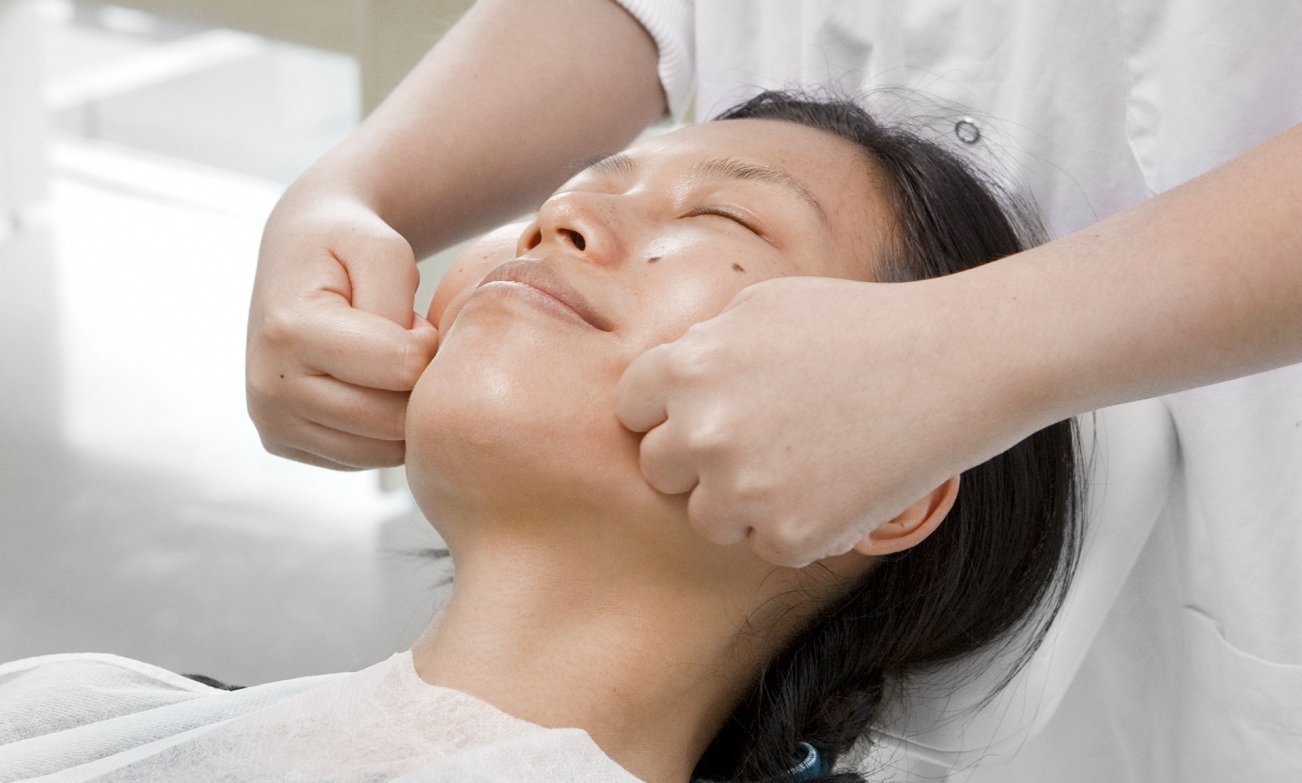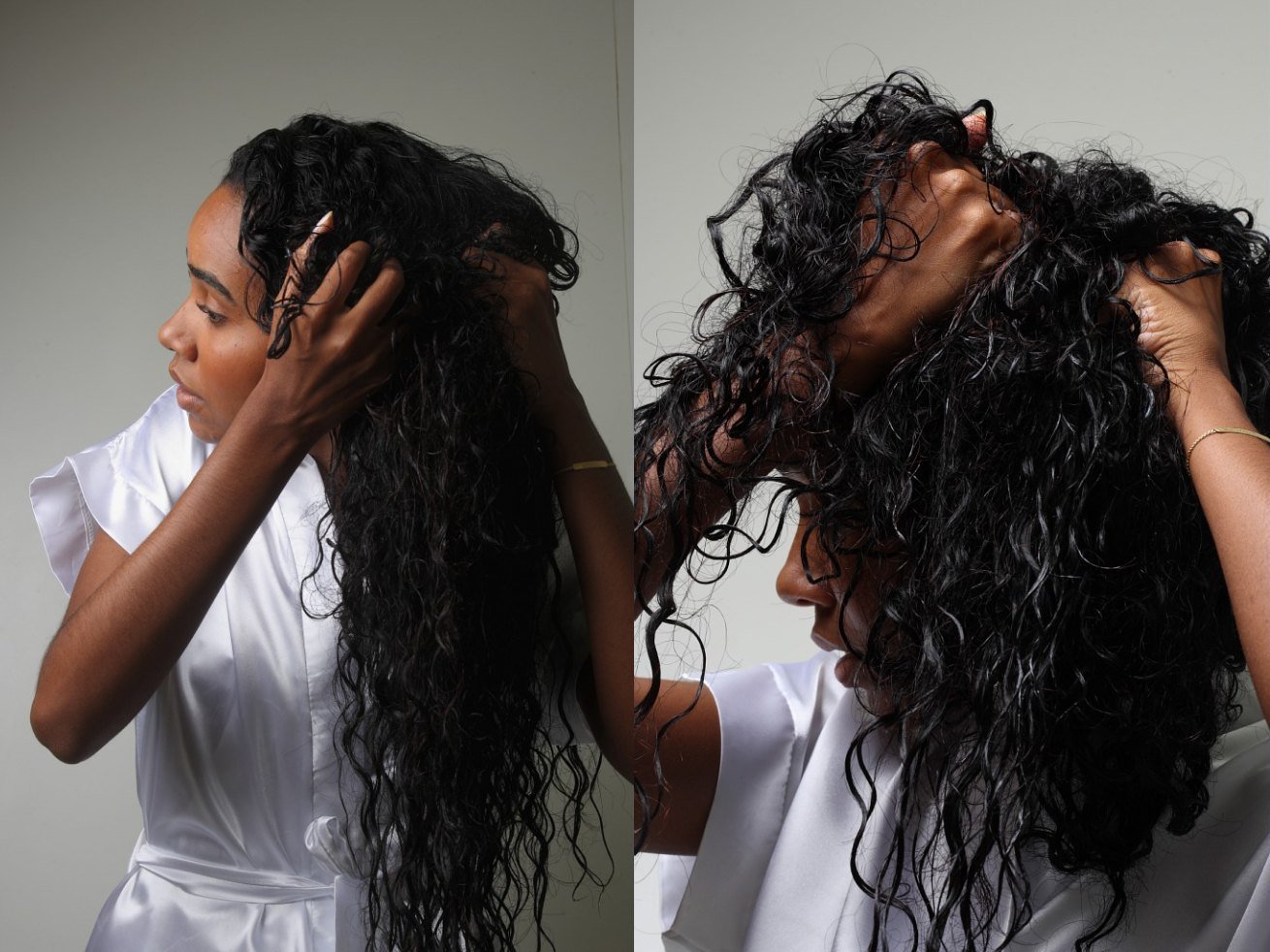A World-wide Approach To Beauty Rituals
How do men and women from around the world carry out their daily beauty and skin care routine? Thanks to geocosmetics, L’Oréal observes and analyses the rituals on every continent in order to create the innovative products of the future.
How many minutes does a Chinese woman devote to her morning beauty ritual? How do people wash their hair in Bangkok? How many brush strokes does a Japanese woman or a French woman use to apply mascara? These beauty routines, repeated thousands of times, are inherently cultural. Passed on by tradition, influenced by climate and by local living conditions, they strive to achieve an ideal of perfection that is different from one country and from one continent to the next. They provide an incredibly rich source of information for L’Oréal Research. Behind these routines, there are physiological realities: fine, straight and short eyelashes cannot be made-up the same way as thick, curled and long lashes.
Bathroom laboratories
To better appreciate this richness as a true source of inspiration, L'Oréal has, over a number of years, developed a science of local observation called "geocosmetics." In the main evaluation centers all over the world, "bathroom laboratories" equipped with cameras enable its teams to study consumer behavior from around the world. These teams also supplement this information by going to meet consumers in their homes.

Innovations adapted to actual practices
This systematic observation provides very precise information about the rituals of hygiene and beauty but also about conditions for using products, and about local constraints (for example, humidity, heat or cold temperatures). Analyzed by sociologists and ethnologists, this data feeds the creativity of the Research and Innovation teams that create products adapted to local needs. For example, they offer light texture mascaras for the Japanese market (some Japanese women apply the brush to their lashes up to a hundred times), foundation with light coverage and that is long-lasting in hot or humid countries, or formulas that absorb sebum and perspiration for shiny skin types (China, India, Africa).
Given the size of China, the rituals vary from north to south and east to west. They may also vary with the seasons and the characteristics of their diet (sweet, salty, spicy, etc.). Consumer habits may vary significantly depending on the seasons: women in Beijing change products and textures of skin care from summer (hot and humid) to winter (dry and cold) and they wash their hair more frequently in the summer than in the winter.
In some hair salons, shampoo is applied in a massage that can last up to 45 minutes, often followed by a massage of the face, arms and back. In urban and rural areas, Chinese women protect their faces, arms and hands from the sun. L'Oréal researchers have demonstrated that in fact, these women were likely to get sun spots long before wrinkles and that the ideal ritual for preventing signs of aging is sun protection.
In China, skin care goes hand in hand with massage
During their morning ritual, Chinese women often practice traditional massage techniques.
In Africa, the gap between actual skin color and desired color
In Africa, skin lightening products that are too harsh are often used to lighten the skin. By carrying out a study on the gap between actual skin color and desired skin color, L'Oréal set out to develop skin care products and makeup that achieve this goal with no risk.
In brazil and in mexico, different attitudes towards beauty
Standards of beauty vary from one culture to the next. For Brazilian women, hair, body, and nails are the most important elements. For most Brazilian women, it is inconceivable to not polish their nails at least once a week. Brazil is famous for the highly popular and highly toxic technique of hair straightening using formol. L'Oréal offered alternatives for hair straightening with optimal safety.
Expectations with regard to color demonstrate a global trend for people with medium dark skin to want to lighten their skin tone and for people with lighter skin to want to darken it. Brazilian women with the darkest skin, on the other hand, do not want to change the color but just to correct imperfections (darker or lighter spots). In Mexico, every opinion regarding skin tone can be found there, with contradictory expectations depending on the natural skin color.
Men are perhaps the largest daily consumer group for hair gels, and they expect it to provide shine and all-day hold.
In Germany, hair products for styling
As in any country where the market for cosmetics is mature, Germany is an ideal region to observe consumer behavior related to hair. Techniques for applying hair products are very diverse there: one study has shown that a hair spray could be used there in 12 radically different ways.
In India, men too
In India, hygiene and personal care are very important for men. To avoid having shiny skin and in order to feel clean and fresh, many Indian men use talcum powder. Young people also use exfoliating products to even the skin tone and prevent acne.
In Japan, the porcelain skin tone of women
Translucent skin is a standard of beauty for the Japanese, which means that the pigments contained in makeup products (foundation) must not be trapped by downy facial hair. In the time of the Japanese geisha, some women would discretely shave their facial hair to obtain this very light porcelain appearance.

Traditional recipes
All over the world, studies show how important recipes handed down from one generation to the next can be, inspired by traditional medicine (in China), Ayurveda medicine (in India), passed on orally or simply dictated by habits and customs and profound beliefs.
